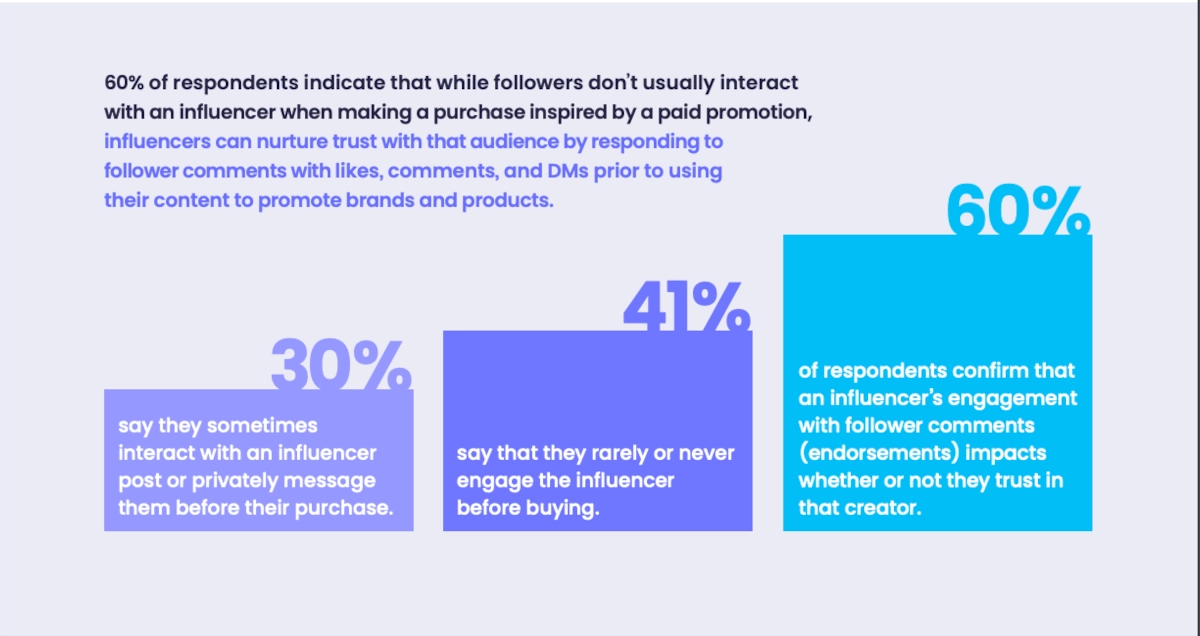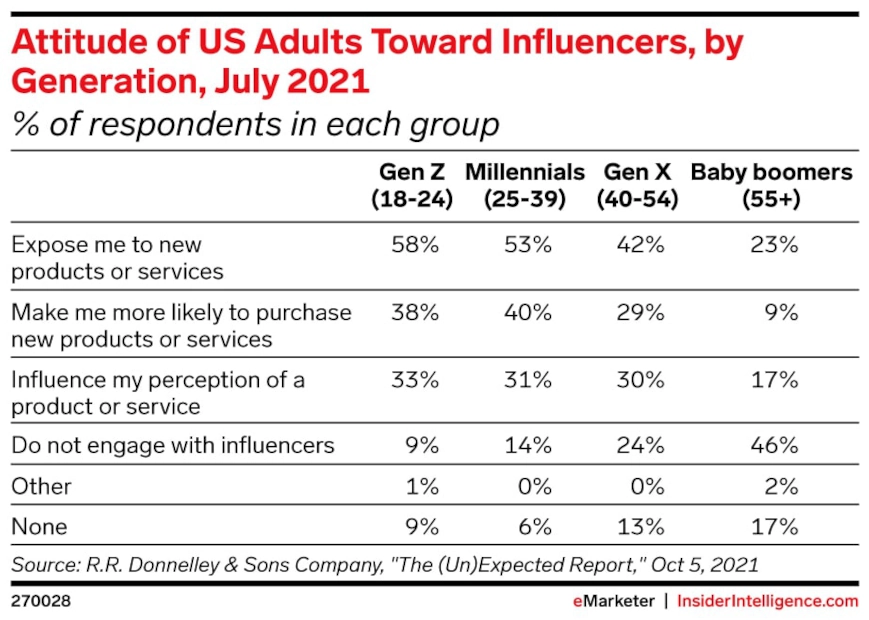Is attracting influencers really a solid strategy that you should be incorporating into your overall marketing plans? Is there a real return on investment. While many small businesses have been slow to adopt influencer marketing it does appear as if the effort is worth it. In some recently published data by Grin.co, influencers seem to be worth the time to recruit. The following is taken directly from that published report:
-
Influencer-generated posts consistently outperform branded posts, according to 60% of marketers.
(Source: Mediakix) Consumers appreciate third-party, lifestyle content over polished images and videos from the brand’s own creative team.
-
Marketers find that influencer-generated content receives an average 8x more engagement than branded content.
(Source: Mediakix) User engagement is one of the best ways to track whether content resonates with a particular audience online.
-
Influencer whitelisting outperforms traditional social media ads by 20-50%.
(Source: Lumanu) Influencer whitelisting occurs when a creator gives a brand they trust advertising permissions on their social media account. The brand uses that creator’s content to promote ads to new audiences from the creator’s profile. These ads feel more organic to consumers and as a result, perform better than traditional advertising.
-
90% of influencer marketers find that creator campaigns produce as good or better returns than all other marketing mediums.
(Source: Mediakix)
-
Studies show that influencers produce as much as 11x more ROI than any other digital marketing approach.
(Source: Mediakix)
-
Experts predict that marketers will collectively spend more than $4.5 billion dollars on influencers by 2023.
(Source: Statista)
-
More than 60% of companies used influencer marketing in some capacity in 2020.
(Source: Statista)
-
Nearly 40% of B2B marketers plan to use influencer marketing more in the future.
(Source: Statista) Influencer marketing has performed well for B2C ecommerce brands. Now, several B2B industries are cashing in and achieving great success.
-
More than 70% of companies planned to increase their influencer marketing budget in 2021.
(Source: Statista)
-
Expanding reach and acquiring new customers are the top reasons why brands used influencer marketing in 2021.
(Source: Statista) The social proof associated with an authentic brand endorsement by an influencer can shorten the buyer’s journey, lower customer acquisition costs (CAC), and increase customer lifetime value (CLV).
-
80% of consumers complete a purchase after seeing an influencer recommend that product on social media.
(Source: Oberlo) Though followers may not know their favorite creators personally, they see those creators as honest and trustworthy. Influencer marketing is an effective way to spread digital word-of-mouth.
-
More than half of consumers state that word-of-mouth and social media are their preferred ways to discover new brands.
(Source: GRIN Report: Power of Influencer Marketing in Numbers)
-
As many as half of social media users don’t equate followers size with influencer trustworthiness.
(Source: GRIN Report: Power of Influencer Marketing in Numbers)
When it comes to follower counts, bigger isn’t always better. By taking a closer look at how that influencer connects with their followers, you can get a better sense of how they can help you reach your goals.
-
More than 40% of social media users say they prefer influencer reviews when considering whether to make a purchase.
(Source: GRIN Report: Power of Influencer Marketing in Numbers)
-
Over 80% of consumers are more inclined to buy products that creators promote.
(Source: GRIN Report: Power of Influencer Marketing in Numbers)
Online buying can be tricky for those who prefer to see or handle products in real life before making a purchase. But when a creator that they trust uses and praises a product, consumers are more likely to take a chance on that brand.
-Written by Kevin Sawyer






